-

Silk Museum Como<br>Museo della Seta -

Silk Museum Como<br>Museo della Seta -

Silk Museum Como<br>Museo della Seta -
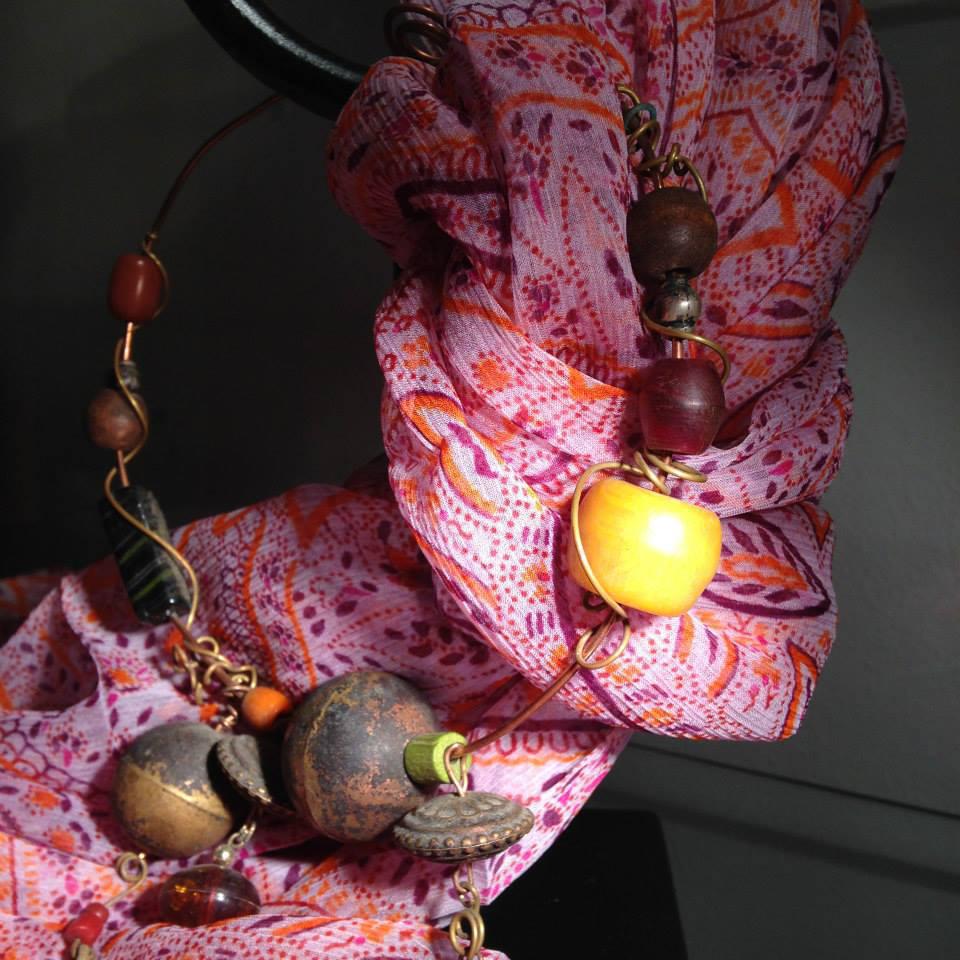
Silk Museum Como<br>Museo della Seta -
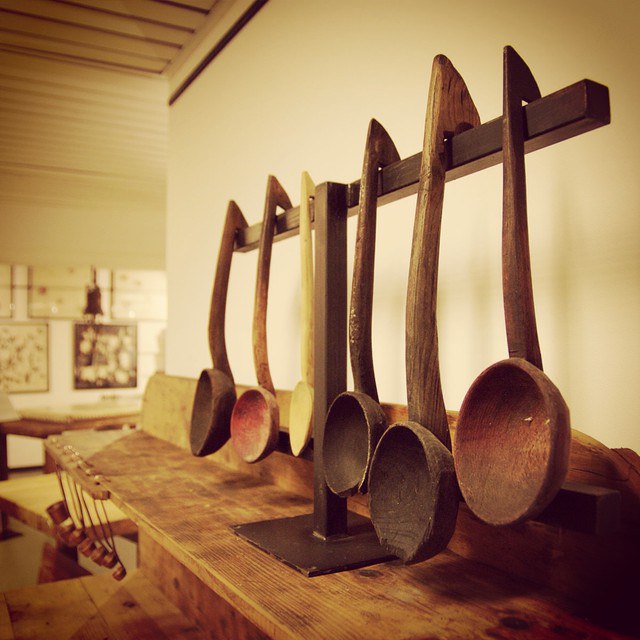
Silk Museum Como<br>Museo della Seta -
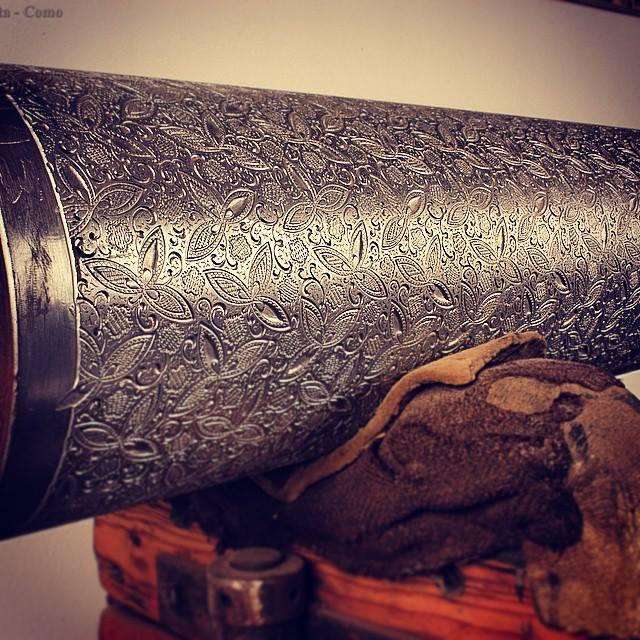
Silk Museum Como<br>Museo della Seta -
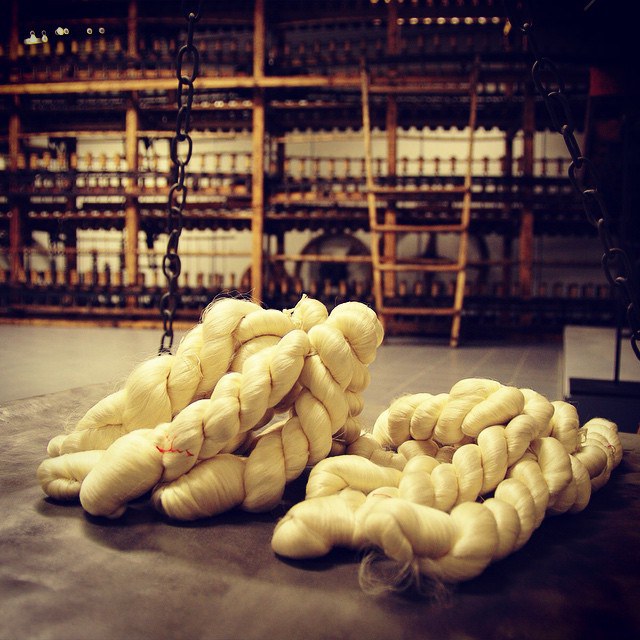
Silk Museum Como<br>Museo della Seta -
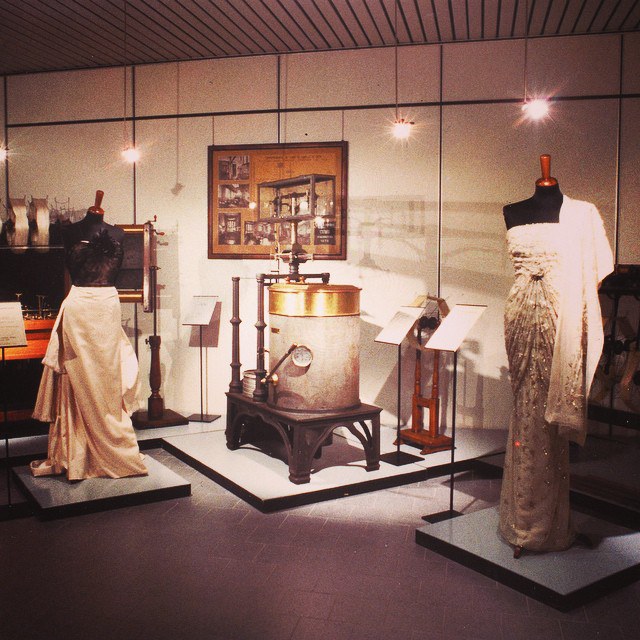
Silk Museum Como<br>Museo della Seta -
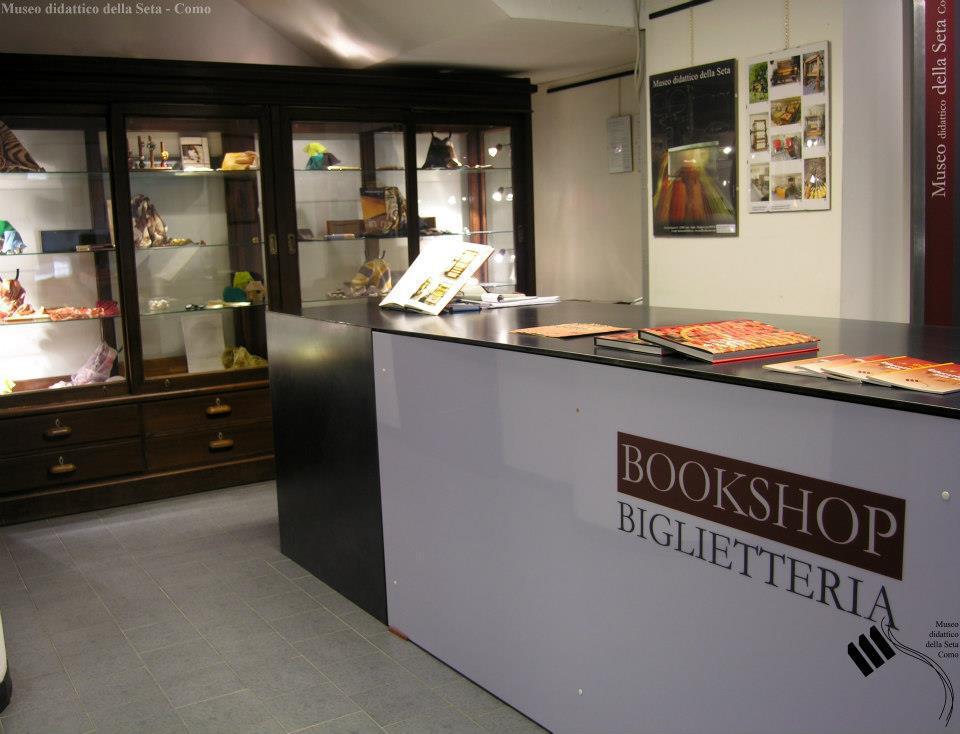
Silk Museum Como<br>Museo della Seta -
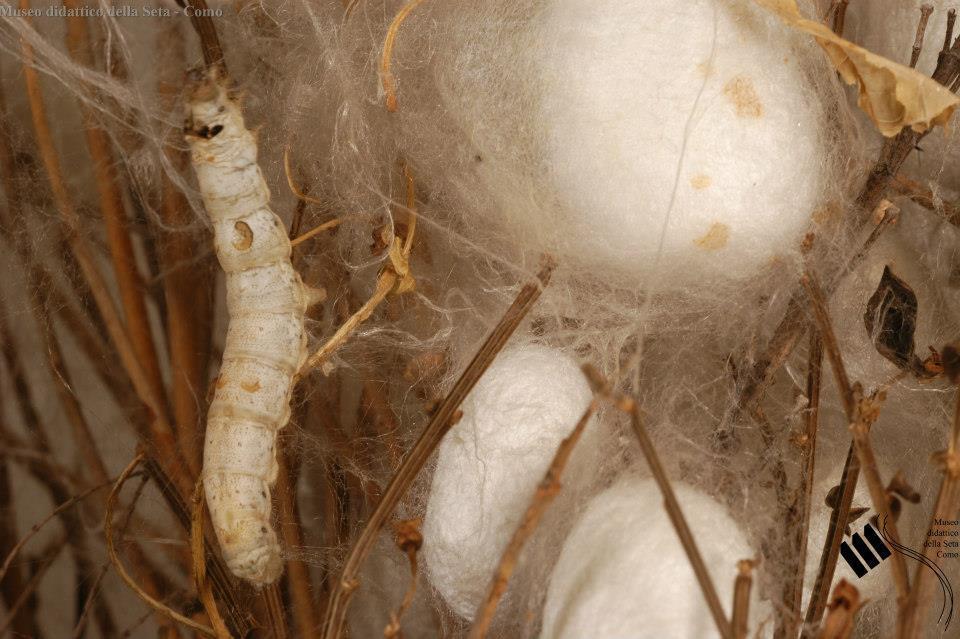
Silk Museum Como<br>Museo della Seta -
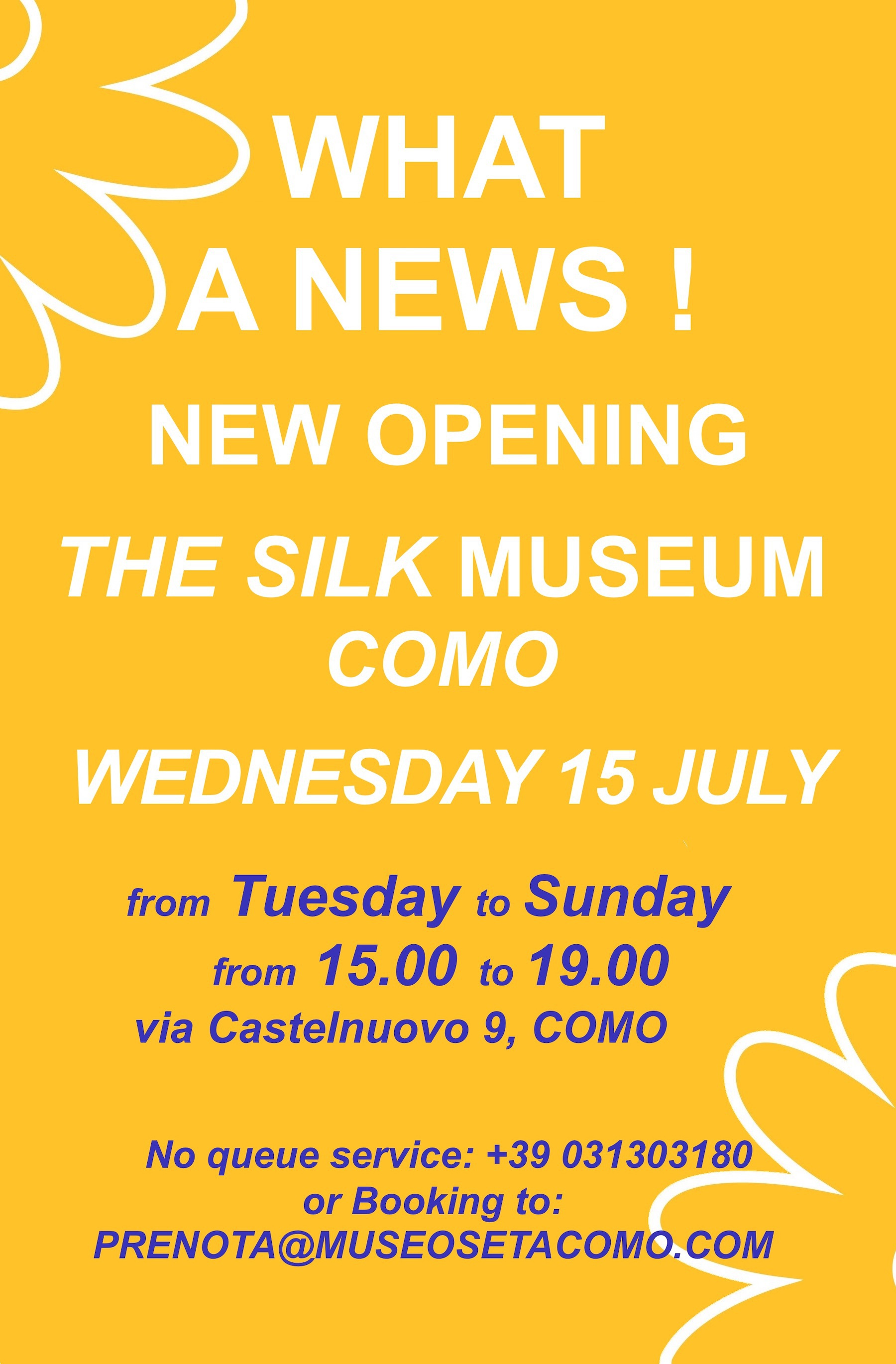
Silk Museum Como<br>Museo della Seta -

Silk Museum Como<br>Museo della Seta
Silk Museum Como<br>Museo della Seta Como Like
NEW OPENING: WEDNESDAY 15 JULY 2020
from 3 p.m. to 7 p.m. Closed on Mondays.
No queue service: +39 031303180 or booking to: prenota@museosetacomo.com
Silk Museum: Description
The Silk Museum opened in 1990, to preserve, while there was still the opportunity, a true account of the history of the silk industry in Como. It is a tangible sign of the continuity, from past to present, of an industry that use to operate an absolute world-wide monopoly. The Museum covers an area of about 900 square metres and is located in the same building as the textile school, the Setificio. The Approach to the Museum is reminiscent of the entrance to a factory, with an evocative collection of works' timeclocks. In the Main Hall, reference is made to the art of silkworm breeding. Also on display are machines that were used during the stages preceding weaving. They were variously employed. One knitted the cotton heddles, through which the warp is passed in the loom. The next made the punched cards for Jacquard patterns. Another made sectional warps.
An interesting machine, the piantello, is a double deck twister used from 1870s, with 288 bobbins, facilitating the twisting phase.
In the Weaving Room we can see two hand-looms. One is for Jacquard method of weaving. Here the instructions, for the figuring of the silk as it is woven, were given by means of punched cards. The other is a doppia ratiera which reads the design through the use of wooden pegs. There is also a warper for making the selvage, which is the edge of the fabric, and an 18th Century ropelisage that made piped edges. The presentation ends with the 1922 mechanical loom from OMITA.
We enter another room dedicated to the control and measurement of yarns and fabrics. Here we are presented with an interesting array of fine instruments: dynamometers, twist counters and balances.
Then we come to the real heart of dye-printig, the Chemical Laboratory, faithfully reconstructed using original furniture. When we enter the Dyeing Room we see a dye vat for fabrics, a copper kettle for yarns and a number of tools, including one precious dowel. In the Printing Room we see the doppio fondo, the colour kitchen. This was used to blend the dye-stuff for thickening and cook them.
We can also see a printing table with a wide selection of wooden and metal printing blocks and hand printing table with screens, transparent foils and engraving tools. Roller printing is represented by machines for making samples and by engraved rollers in chromed copper.
A further section is reserved for the display of models of small mechanized machines for flat printing and for roller printing. The last room is devoted to the special finishing of textiles. Of particular interest is a plating machine, an old wooden machine which created the moiré effect on silk, and the important 1932 Palmer.
More to Explore.
["From motorcycles to silk","bicycles to toy horses or mines to palaces","Lake Como's museums offer something for everyone."]